Apple’s 2019 Mac Pro – First Impressions
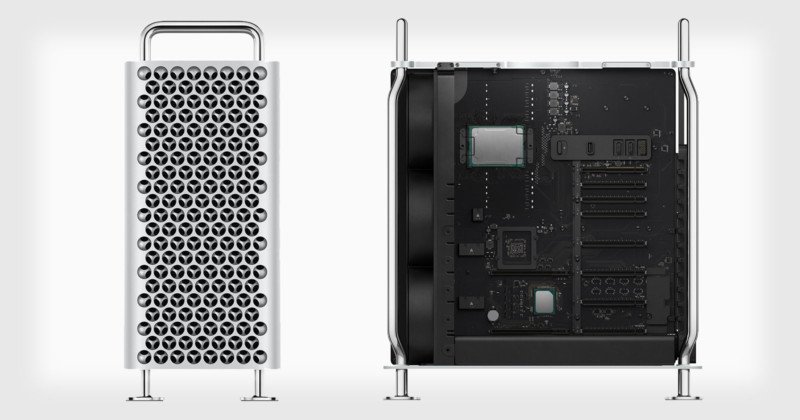
For the past several weeks I’ve been working on Apple’s new flagship computer – the Mac Pro.
In short: the Mac Pro makes post-production feel seamless. One might even say that at times the post-process can actually become delightful. And to be clear, the words “seamless” and “delightful” are seldom if ever used in conjunction with the words “post-production.”
If I had to pick one word to describe the Mac Pro, it would be: “Effortless.“
Depending on your ultimate configuration, this likely isn’t going to be a cheap machine by any measure. It is however a significantly faster machine than what I’ve been working on to date, and from experience with similar past investments, that time saved will add up significantly over the years – especially when working with high resolution imagery.
Once more, the Mac Pro is actually FUN to work on. The Mac Pro feels like it works WITH you not AGAINST you.
For tech geeks, this is the equivalent of punching the accelerator of a top of the line sports car. It’s brought a smile to my face more than once – due to both it’s speed, and also the ability to work on, an in turn see one’s work at the very highest level of detail.
Scrubbing through ultra-high resolution footage can be so painless that it almost feels like you’re getting away with something. It’s made me a bit giddy more than once.
After years of pain pushing heavy pixels around … this machine seems to be resetting the scales of what can be expected from both software and hardware performance.
The combination of very powerful and fast Processors (CPU & GPU) Internal SSDs, Thunderbolt 3, and generally very fast architecture make transferring and processing large amounts of data feel exponentially faster. I’ve actually caught myself saying the word Gigabyte more than once when I meant Terabyte a few times when speaking with others – given how fast certain operations have become (notably with the internal ultra fast SSDs that can reach nearly 3,000 Megabytes per SECOND.) Copying several hundred gigabytes of data can take just a few minutes now – not hours (or days with slower drives or interfaces that are just 2-4 years old.)
For more than a decade, the top of the line still cameras and motion picture cameras have brought almost all computers to their knees, and this is the first machine that I’ve worked with that can stay ahead of the ever-increasing onslaught of pixels and Terabytes of data. At times it does so so effortlessly, that I have to double check my source and render settings.
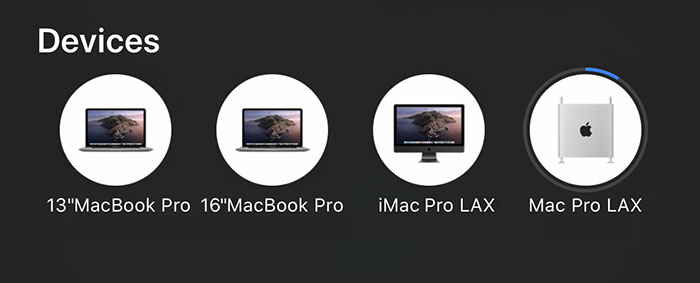
By The Numbers
This machine just churns thru data effortlessly.
For those of you who want to get STRAIGHT to the tech specs: my initial results show that The Mac Pro with my configuration (16 Core 3.2 GHZ Intel Xeon W, 192GB DDR4 RAM, 2X AMD Radeon Pro Vega II 32GB) is on average slightly faster to over 3X faster (depending on the task) than the top of the line 18-core iMac Pro which makes sense given that my iMac Pro is maxed out.
Keep in mind that my Mac Pro configuration is optimized for Video and still photography and hits a sweet spot. There are beefier GPU an CPU configurations available.
The Mac Pro is 2X-5X faster than my top of the line (just released) 2019 16” MacBook Pro.
Expect 4X-16X faster performance from the Mac Pro relative to the top of the late 2018 line 13” MacBook Pro in terms of outputting various video and photography formats.
For example I exported a 14 min RED 8K File in Davinci Resolve (pre-Metal support which will speed things up significantly.) The size of the original files was 72GB and it was transcoded at maximum quality and resulted in an 111GB ProRes4444 file.
| Initial 8K Export Results: | |
| Mac Pro 16 core 3.2 GHZ w/ Dual AMD Radeon | 14 min 51 seconds |
| iMac Pro 18 core 2.3 GHZ Radeon Pro Vega 64 16GB | 17 min 14 seconds |
| Mac Book Pro 16″ 4 core 2.4 GHZ Intel UDH Graphics 630 | 52 min 05 seconds |
| Mac Book Pro 13″ Quad Core 2.7 GHZ Intel Iris Plus i7 | 4 hours 28 minutes |
Keep in mind these results are BEFORE software fully supports the Metal graphics processing framework which will have a DRAMATIC positive effect on the performance with RED R3D files for example.
In the next few days I’ll share detailed tests results on the following formats – meant to be real world use examples of the various Apple machines with the most common video and still photography formats as I think that’s the only true test for creatives out there that’s specific to their needs. There are some very interesting results in there that show how certain formats and notably software are able to take full advantage of the hardware.
A complex multi-layered 8K Export takes 3 hours and 29 minutes on the iMac Pro whereas it only takes 1 hour an 40 minutes on the Mac Pro.
Playback in both Final Cut Pro and Davinci Resolve is also at a sweet spot with RED R3D 5K and 8K footage – playing effortlessly at 23.94 fps at maximum quality without rendering (without complex layers of adjustments of course – as those slow down the playback at varying rates of course.) Full quality playback was not possible with the iMac Pro and definitely not with the Mac Books that I would set to half or 1/4 resolution.
| Export times, playback examples, for the Mac Pro, iMac Pro, 16″ MBP and 13″ MBP for the following: |
| Final Cut Pro X & Davinci Resolve: |
| Apple ProRes Format |
| Arri Alexa ProRes Format |
| RED 8K, 5K R3D footage |
| Black Magic Pocket Camera |
| DJI Mavic Pro 4K H.264 Footage |
| GoPro Hero 7 4K H.264 Footage |
| Adobe Lightroom and Apple’s Photos Software: |
| Canon 5DsR 50 MP CR2 |
| Leica M9 18 MP DNG |
| Fuji GFX 100 – 100 MP RAF |
| PhaseONE IQ4 – 150 MP IIQ |
Background
I’ve been working with cutting edge digital imaging tools since 1999. While it’s a great privilege to do so, it does come at a cost: I tend to spend endless hours behind a computer screen – a place that no creative wants to spend the majority of their time. I have literally spent months and perhaps years of my life waiting for footage to process or simply to just catch up with me / or to render during my edit process. More often than not I am looking at both still and video footage at 1/2 or 1/4 resolution just to be able to get through and edit. Systems like the Mac Pro allow me to flip the scales and focus my attention back on creating while also seeing my work at the highest quality settings.
My career has always involved working with the latest technologies it seems. I transferred from film over to digital in 1999 with the very first Kodak digital bodies, then the Canon EOS 1D and all the way through to the Canon 5D MKII – which lead me into video and the dreaded H.264 format that seemed to virtually blow up every single machine and workflow.
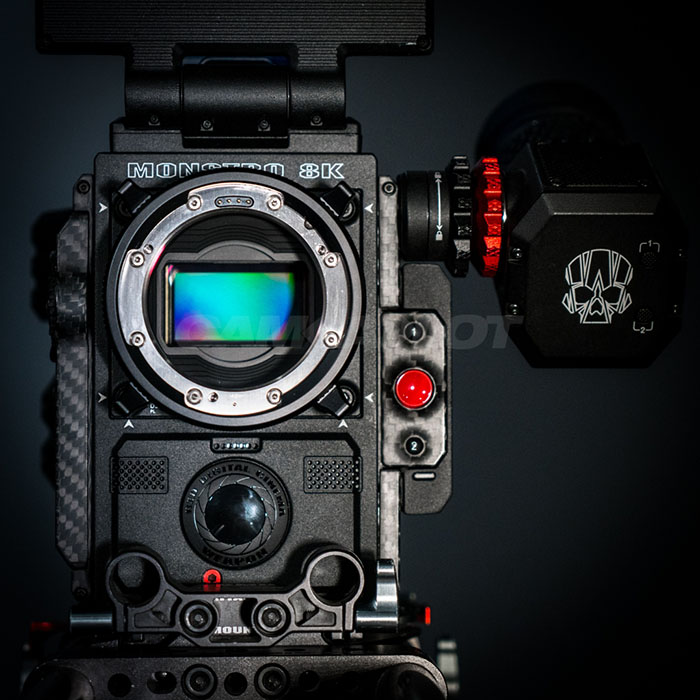
Today I shoot with the PhaseOne IQ4 150 Megapixel camera and the RED Monstro 8K Vista Vision cinema camera – 600 Megabytes per second is a standard data rate these days. I have 312 Terabytes of G-Tech Shuttle XL spinning and SSD Raided drives online in my office to store my online data and hundreds of terabytes of LTO tape sitting offline as well.
When the RED One camera that shot 4K RAW arrived, it broke every workflow it touched given the weight of the files – both the size of the files and the processor power needed to transcode let alone play them – at the time we couldn’t even play them back without a $5K+ external graphics card. Every time a computer seemed to catch up, the resolution would increase to 6K and then 8K. The weight of the data we were shooting always outpaced the software and hardware we had at our disposal.
Today, a 2TB to 6TB shoot day is normal for me. Most of my jobs range between 5 to 50TB.
It is rare for me to find a machine that can keep up with the footage that I produce. That means that all too often I don’t have the time to review it carefully in the field – it just takes too much time and effort. And that can be dangerous if something technical is wrong with a camera or a lens.
Since I specialize in aerial photography and filming, I generally shoot several hours of video and/or tens of thousands of stills a day which only compounds the issue. While I love the process of capturing the images, the post is frankly the worst part of the job.

The Mac Pro is the first machine in 13 years (since the first generation Mac Pro) that can slice through these 8K and 150 megapixel digital videos and stills files effortlessly – this CPU and GPU power allows me to see the imagery at full resolution almost instantaneously which is also key. I can now see the fine details of the imagery I produce and this hardware allows me to push the boundaries of what I can do in post as a result.
The last system that made me feel like this was the first generation Mac Pro Tower with the 30″ monitors in 2006. That was the first time that my digital imagery “matured” and came to life on that combination of hardware. Those tools remained in my workshop for almost a decade and paid themselves off quickly.
For the past year I’ve been using the 18-core iMac Pro which sets you back north of $11,000 and has just been shy of being able to smoothly playback 8K footage consistently. Loading 150 Megapixel stills takes close to a second for each image.
It should be said that his machine comes in JUST in time. I was getting extremely close to building a Hackintosh or buying a PC to process my 8K footage. Extremely close. Truth be told I have SO much time and energy invested into my Mac workflow, organization, ecosystem and software that the thought of making the switch was quite daunting.
There is absolutely something to be said with how seamlessly all Apple hardware and software works together. iCloud, Airplay, using iPads as control surfaces, painless playback on AppleTV … it is becoming a pretty compelling ecosystem where everything just WORKS together.
A lot of the software I use ultimately works on both PC and Mac. There is however the issue of … Windows. Windows and I have never gotten particularly well along. So like many of you – I’ve been waiting for this machine for a long, long time.
First Mac Pro Project
The first thing that I did when I got the Mac Pro was to re-edit my aerial reel.
This meant that I had to sort through more than 5 years of 8K aerial footage – I started with well over 100TB of raw files (files at different resolutions, mostly RED R3D Raw files and some Arri Alexa) and edited it down to about 4.5 TB of selects. I was able to edit through every single type of video content I have, in real time. No buffering, no rendering. I had not put a reel together of the aerial footage until now for a simple reason: it would simply have been too painful.
With the Mac and the new Apple Pro Display XDR displays, revisiting 5 years of footage was a joy. The machine’s CPU & GPU power allowed me to see the footage at the highest resolution settings. For the first time I was able to see fine details in the 8K video that I normally only see once it’s been output towards the end of the edit and grading process.
I can say without qualification that I’ve never been able to go through so much footage so effortlessly, and I’ve never seen my footage look this good outside of working at high end post houses with high end monitors / laser projectors that generally cost in the $40K – $250K range.
The ability to play back the footage at the highest resolutions and the depth of the color and gradients that were rendered by the Apple Pro Display XDR monitors were simply stunning. This was the closest I’ve come to feel to seeing my digital work look like Color Slide film – think Fujichrome, Kodachrome and Cibachrome prints. At times, it felt like I was seeing my footage for the first time. It sounds trite I’m sure – but it’s true.
The combination of the machine’s power, the incredible range, size and brightness and deep blacks of the XDR monitor, and the new IPP2 and tone curves of RED’s format literally rendered the richness of the aerial footage to a degree that simply hadn’t seen before. It allowed me to color correct and work on the imagery to a significantly more precise degree.
Until now I’ve had to choose between resolution and color when choosing a monitor – i.e. grade on a 2K OLED monitor, or on a 4K monitor that simply didn’t have the color depth. While there are $40K monitors that can do both – I haven’t seen a sub $6K monitor that comes close to the Apple XDR display. I also haven’t found a machine that I enjoyed using that could render full resolution media as I went (as opposed to rendering it as final output.)
150 Megapixel Photography
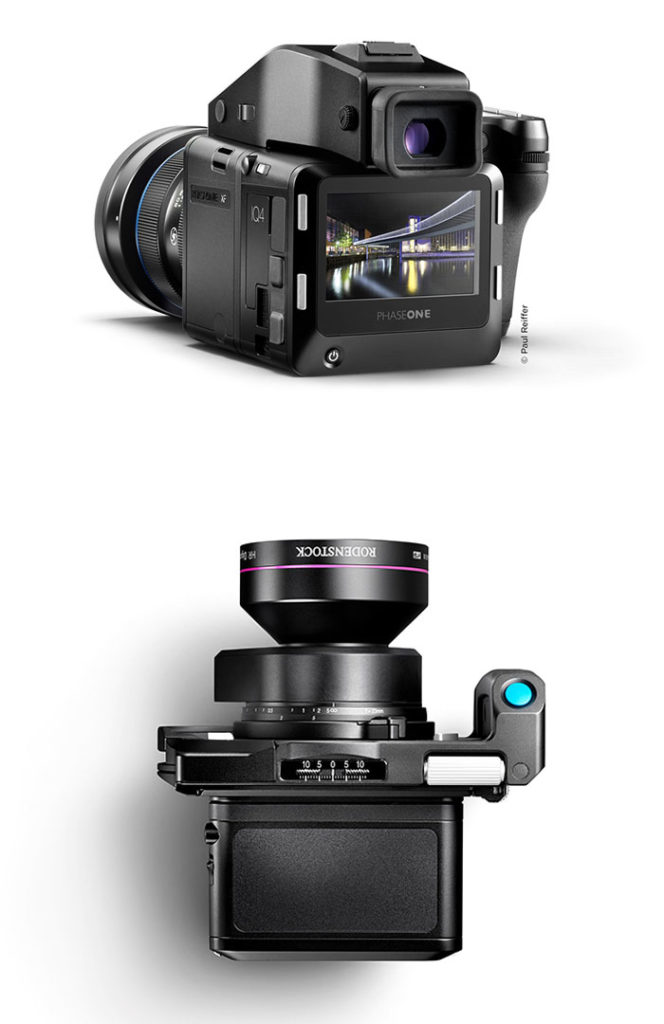
The next test that I put the Mac Pro thru was to push 150 Megapixel images from the PhaseOne IQ4 body into Adobe Lightroom.
Simply put, once again the Apple Pro Display XDR displays allowed me to see a level of detail – both resolution and color (not to mention smooth gradients) to a degree that I’ve not yet seen to date.
In general, editing 150 Megapixel still imagery is very laborious. It’s truly painful to edit through an aerial shoot comprised of several thousand images. I usually resort to processing out full sized JPEGs to make it more bearable – as I have to see the images at 100% magnification to double check sharpness of each aerial as I push the low-shutter speed envelope regularly – shooting as slow a 1/8th of a second at night.
The speed of the Mac Pro allowed me to edit straight off the RAW images for the first time – waiting less than a blink of an eye for each image to fully load, as opposed to several seconds for the image to load on previous machines. If you multiply that several seconds by several thousand times (number of images) per edit, you can see how this system will allow me to enjoy the edit process, and no to rush through it and risk missing a key image due to impatience or frustration (it happens!)
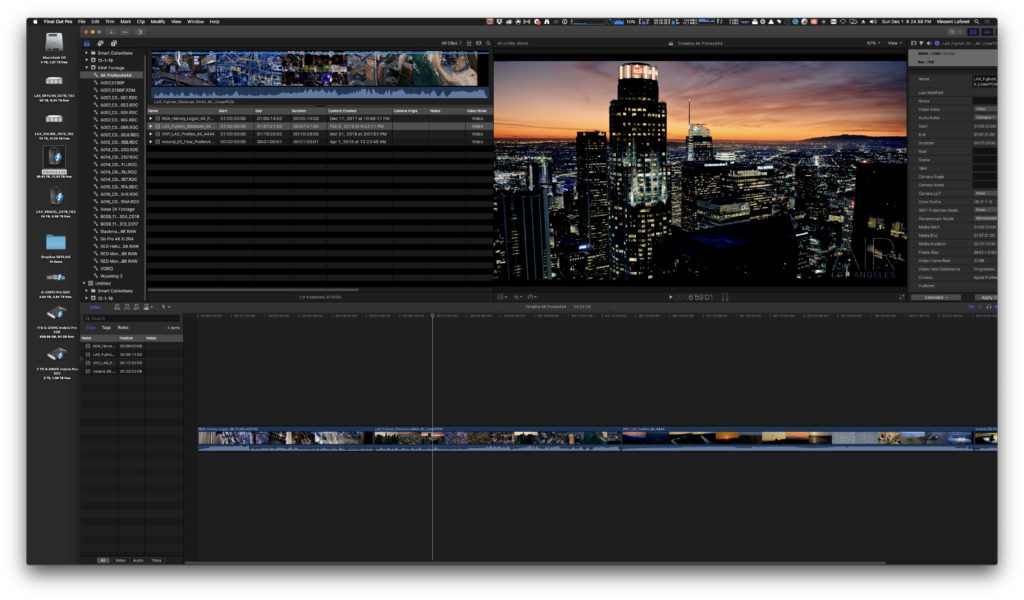
Design
First – the Mac Pro is virtually silent. Everything is effectively solid state (other than the fans that I cannot hear over the hum of my external drives) and so it’s whisper quiet. There were times where I couldn’t tell if the machine was on or off. This is true even when the machine churns through data – other than the heat coming out of the back – it remains relatively near silent compared to a 16″ MacBook Pro for example.
For those who love design, one thing is clear: Apple is not trying to make a machine that just WORKS, they’re trying to create the most perfect machine and experience from start to finish. As in the past: even the packaging is impressive.
Some other notable features: The handles don’t cut through your hand like the older silver Mac Tower when picking up the CPU/ The feet are perhaps my least favorite visually – but guess what: gliding the machine back and forth to access the rear w/ the 12X Thunderbolt / USB-C ports (in my configuration) is a breeze. In the past, I left permanent marks on wooden desk and floors w/ the last silver tower.
Pop the hood up and the internals are beautiful. And the “cheese grater” grill is actually quite beautiful in person. The speaker is the only disappointment – the 16” MacBook Pro has the best speakers I’ve heard on a laptop. I also wish they had made a rack-mount model of this machine and am sure post-houses feel the same.
I love the two Thunderbolt / USB-C inputs on the top of the machine. Every time someone brings an external hard drive in … plugging them in is effortless. I find myself using those two ports constantly. I rarely need to move the CPU. These are small things that make a big difference when you have 15+ cables coming out of the rear of a pro machine that don’t tend to react well to being unplugged by mistake.
For me: I’ve been a Mac guy since my high school days. That’s not quite 3 decades… but close…I’ve owned almost every single laptop and CPU Apple has made with one notable exception: I never purchased the previous pro CPU a.k.a. the Mac Pro often described as the “trashcan” design. It wasn’t expandable enough for me and didn’t provide the configurations internally that were compelling enough for me to justify the expense. This latest iteration fixes that.
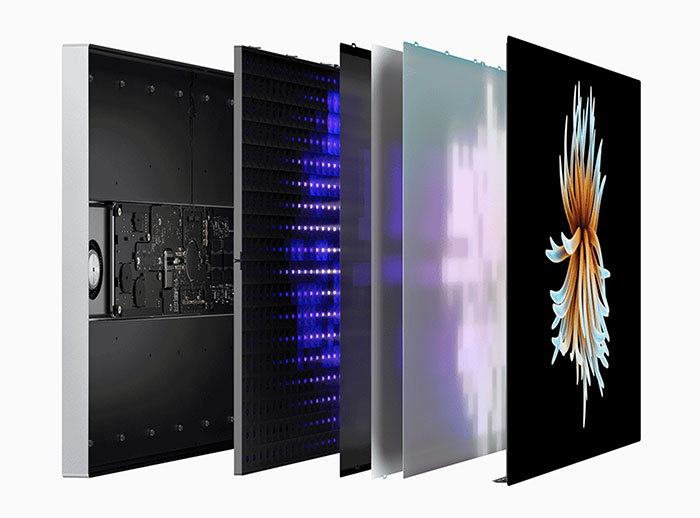
And what about the monitors? And THE STAND!
Well – let’s cut to the chase. The stand is silly expensive and many will pass. For what it’s worth: for someone who doesn’t have a deep desk it’s significantly better than the VESA arms I’ve been using.
It’s probably fair to say that these are the best engineered stands every made. But why would anyone care? Well if you’re OCD like me and want to perfectly line up two monitors side by side – these stands do that. The bevel is so slim on these XDR monitors that you can almost go from one image to the next on 2-3 screens (but there is a bevel – it doesn’t interfere much at all though w a seamless screen to screen feel.) And you when you release them – they don’t budge even a millimeter. Getting the monitor on and off is extremely elegant. Vertical .. horizontal. No sweat. For me the key though: when I release it it stays – and lining up 3X 32” monitors is NOT easy w/ VESA mounts. At least not VESA mounts that are less than $700.
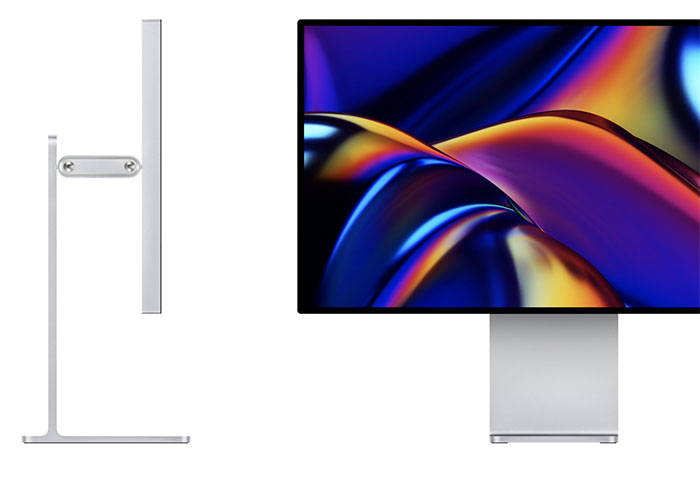
The Apple Pro Display XDR 6K 1,000 nit -1,600 nit (sustained brightness vs peak) monitors themselves: I think these are the best bang for your buck that you’re going to get in terms of the brightness, color, size and resolution out there today.
I will state the following: I am NOT a monitor expert nor a DIT or Dolby / Technicolor expert. Many of those technical experts are not fans of the P3 color space given that it doesn’t fit within their standard cinema colorspaces. But I do work w/ $20K – $50K reference monitors (Sony OLEDs / Flanders Scientific / EIZO etc) regularly on set and in post houses.
I would also mention that P3 is likely going to become more widespread in terms of adoption / use that then cinema color spaces… So there is something to be said about color correcting / grading in the same color space that most of your audience will view your content in. If you’re grading for Netflix or the cinema – while these monitors can likely do the job, that’s probably when you need to get the high end monitors for 3-5 times the price. Or … just send them to a post house and/or colorist who owns them.
Back to the imagery, I have RARELY seen my images and video look as sharp, colorful and generally VIVID as I have with this monitor – in many ways, I’ve been given a new palette to work with. The nuance in tones and color is exquisite. The gradients from light to dark are expansive and bring an almost 3-Dimensional quality to the highest quality cameras and sensors made today due to the XDR technology. These monitors will help push HDR content. (More on that below.)
Also, I would definitely splurge on the Nano Texture glass – or matte finish – I have yet to see a single reflection on it. Eliminating reflections makes a difference while grading and the finish on it feels like you’re looking at a film screen in the theater. Word of note: beware the nano finish is delicate. I scratched mine on the first day moving the monitors around and Apple recommends you use the cloth they provide with the monitor to wipe it down – so in short: it’s a delicate finish.
Speaking of which: I really like what they’ve done with the Pro Display XDR’s brightness presets in the monitor panel in your system preferences.
For everyday use, I leave mine on Apple Display P3 (500 nits.). The XDR (Apple’s version of HDR) is 1600 nits. That’s literally lights my rooms next to my office… it’s THAT BRIGHT. And that’s what makes your footage and/or imagery look like a Cibachrome print or chrome slide.
Apple has also built in their versions of BT.709-BT.1886, BT.601, P3-D65, Design and print (P3-D5) and Photography (D-65) as well as sRGB for web and internet – the last 3 are musts for color correcting for print distribution. Few current monitors can match the range of the XDR monitors – and it’s a really nice touch to be able to quickly switch the range in system preferences.
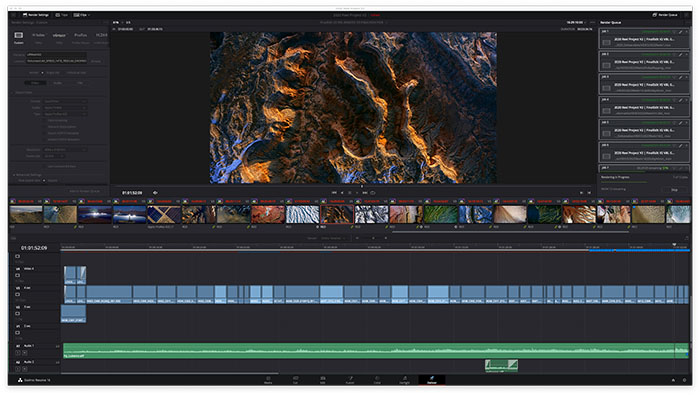
XDR = HDR?
The last thing I’ll say is that it should be said that XDR isn’t exactly HDR. I’m not a color scientist, and while I will say it’s a huge step in the right direction, there’s probably more than a clever marketing reason why they don’t call it HDR.
HDR is complicated for many reasons. For one, there is no single brightness standard. Some monitors are 500 nits (nits is a measure of brightness), others 1,000 nits, 2,000 nits, 4,000 nits and so on. The XDR can go up to 1,600 nits which is in between the 1,000 and 2,000 nit standards but it’s rated at 1,000 nits sustained.
In general grading HDR is DIFFICULT because of the lack of uniformity in terms of picking a brightness standard across all monitors.
I could go on an on – but I think suffice it so say that this is a phenomenal monitor that likely isn’t intended to master HDR content for distribution. But is it? There’s a long and healthy geek debate to be had. See Alexis Van Hurkman’s take on HDR and the Mandelorian. The same goes w/ the P3 color space.
As an end user: to keep it simple your work will look stunning on it. What happens after … well you’ll have to re-grade it for SDR ranges … and doing so is not too terribly painful. But choosing a delivery format (or formats) can be a challenge. I’m sure this and other monitors will pave the way towards more uniformity and wider adoption over the next few years.
Also if you need to catch up on the latest release of either Final Cut Pro X or DaVinci Resolve I cannot recommend a better series of tutorials than the ones Ripple Training makes. I go through these every few years to brush up on new tools and techniques, excellent shortcuts that inevitably come out with each new software version.
That’s it for now. I’ll share the detailed tests mentioned above in a few days so that you can see what Apple machine might be the best suited for your type of work and / or workflow.












